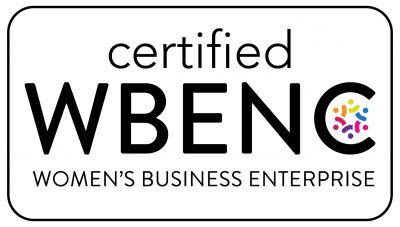In the world of manufacturing, color isn’t just a visual feature; it’s a crucial component that can define a product’s success. From creating strong brand identities to meeting customer expectations, the importance of color in plastics cannot be overstated.
For manufacturers, color is more than a decorative element in the injection molding process. It impacts product appeal, brand consistency, and even functionality. The right color can attract customers, convey brand messages, and meet specific industry standards. Inconsistent or poor coloring can lead to product recalls, brand damage, and increased costs.
The Plastic Resin Coloring Process
Coloring plastic resins involves adding pigments or dyes during the manufacturing process to achieve the desired hue. This process is critical for producing uniform and high-quality products. The methods used can significantly affect the final product’s appearance and properties. Some of the most common methods used by plastic injection mold makers include:
- Pre-Coloring: Pre-coloring involves adding pigments to the resin before the injection molding process. This method ensures consistent color distribution and is ideal for large-scale productions where uniformity is essential.
- Color Compounding: Color compounding mixes raw resin with color concentrates to produce a masterbatch. This method allows for precise control over the color and is often used for customized or small-batch productions.
How Coloring Methods Affect Plastic Properties
Strength: The method of coloring can impact the strength of the plastic. For instance, poorly dispersed pigments can create weak spots, reducing the material’s overall strength.
Durability: Durability is another critical factor. The right coloring method can enhance resistance to environmental factors like UV radiation, ensuring the product remains vibrant and functional over time.
Consistency: Color consistency is vital for maintaining quality standards. Methods like pre-coloring ensure that every batch meets the same specifications, reducing inconsistencies and defects.


